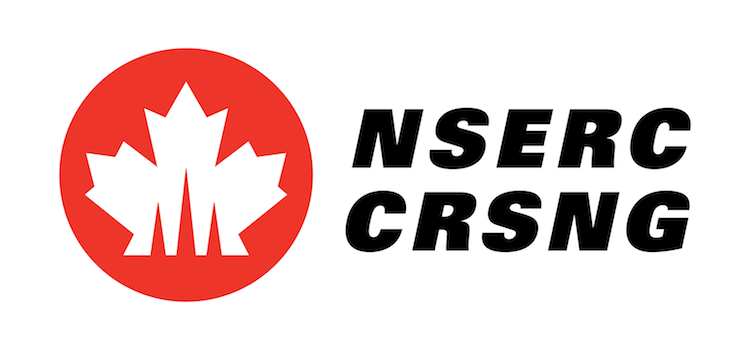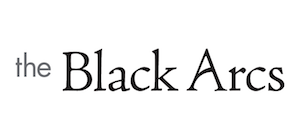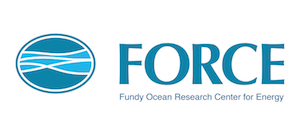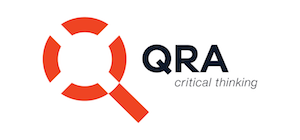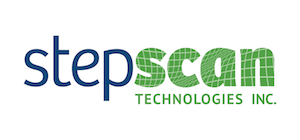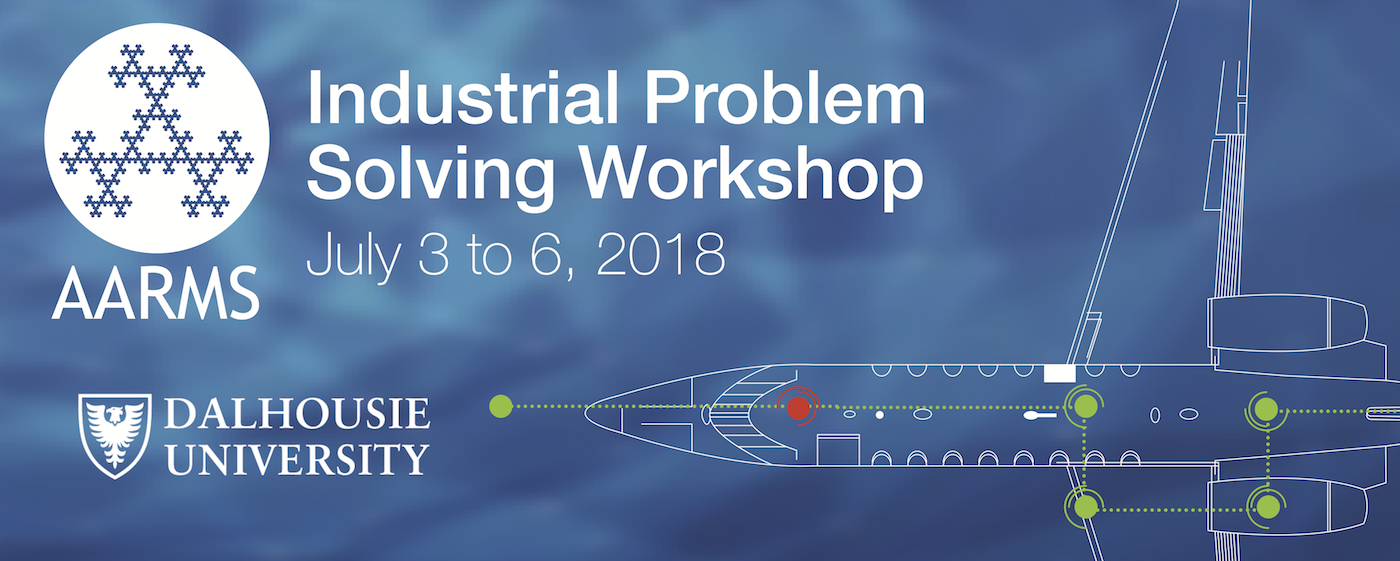
The Atlantic Association for Research in the Mathematical Sciences (AARMS) will host its first Industrial Problem Solving Workshop (IPSW) from July 3 to July 6 at Dalhousie University. These workshops have been successfully operating elsewhere in Canada for over twenty years, but there has never been one hosted in the Maritimes.
About IPSWs
The main goals of an IPSW are to build connections between researchers in industry and academia. Five companies based in Atlantic Canada will present problems related to their interests, and participants will break into teams to explore solutions to these problems. The problems come from a variety of subject areas, but all are designed to be approachable by students and postdocs with backgrounds in pure mathematics, modelling, scientific computing, computer science, or data analysis. Each problem group will be led by a university faculty member with expertise relevant to the technical challenge at hand, but participants with a wide range of interests and expertise are welcome. Over the course of the four-day workshop, problem groups will work collaboratively to explore possible solution strategies to the technical challenges and propose longer-term research directions, as well as make connections to a larger group of companies and academic researchers with similar interests.
"Formulating Success" Connector event
On Thursday July 5 from 5:00-7:30, IPSW participants will participate in the Formulating Success connector event at Dalhousie. AARMS researchers will make presentations on their work and how it can be applied to solve real world problems. Industry representatives are encouraged to bring their business challenges, and explore potential partnerships to formulate successful solutions.
Financial support
AARMS will provide residence style accommodation for all postdoctoral researchers, graduate students, or undergraduate students attending the IPSW who have registered before June 6, 2018. Residence rooms will be available from Monday, July 2 to Friday, July 6. In addition, limited travel support is available for participants. If your attendance at the IPSW is contingent on obtaining travel support, please do not book your travel before you hear back from us.
Note: Due to keen interest in this event, we cannot guarantee residence accommodation or travel support for participants who register after June 6, 2018.
Important dates
- June 15, 2018: Application deadline for all participants
- July 2, 2018: Arrival day
- July 3, 2018: Industrial presentations
- July 5, 2018: Industrial connector event
- July 6, 2018: Participant presentations
Organizing committee
- Hong Gu
- Richard Karsten (chair and contact)
- Scott MacLachlan
- Sanjeev Seahra
- James Watmough
Industrial partners and problems
The Black Arcs is a company focused on putting people at the centre of land use planning using a lightweight simulation of citizen mobility that let users change the layout of a city. A key part of this simulation involves communicating key geographic features as efficiently as possible. Traditional maps contain redundant information that can be difficult to process at a glance, so some adjustment is needed. The canonical example of this is the iconic tile-based map of the New York subway system designed by Massimo Vignelli. The goal of this problem will be to develop algorithms that automatically generate similar tile-base maps from real-world transportation networks. Students with a background in graph theory, geometrical transformations, or related computational algorithms should be able to attack this problem. [Detailed problem description]
Detection of anomalous behaviour of individuals in a crowd is a common problem in computer vision. Various applications require the automated detection of crowds scattering, individuals moving against the normal direction/flow of a crowd, or individuals suddenly changing speeds. Optical flow is a well documented machine learning technique in computer vision used to track features in a video stream over multiple frames. EhEye is interested in developing optical flow algorithms capable of detecting when individuals in a crowd, or the crowd as a whole, show signs of fighting. Students familiar with linear algebra, python, Matlab, machine learning and/or statistical analysis will be well suited to make progress on this problem. [Detailed problem description]
There is increasing use of remote sensing technologies in the marine renewable energy sector to mitigate against the technical challenges and costs of operating at sea. One such technology, land-based X-band radar, has been implemented at the Fundy Ocean Research Center for Energy (FORCE) in-stream tidal energy demonstration site in Minas Passage, Nova Scotia, to provide spatial maps of surface velocities, eddies and wakes. Using this data in addition to texture analysis methodology and model data, this problem will focus on a developing a methodology for wake characterization. The wakes behind topographic/bathymetric features will serve as the "test cases", but with an eye towards applying this methodology to turbine wakes, the characterization of which is critical to array planning and environmental impact assessment. This problem is sponsored by the Pacific Institute for Research in the Mathematical Sciences (PIMS). [Detailed problem description]
Verifying that technical system designs implement the intended system behaviour is an increasingly difficult task. QRA develops products that allow clients to rapidly query, analyze, and definitively verify the presence of expected behaviour and the absence of unwanted behaviour in complex model-based designs. These rely on the translation of technical engineering designs developed in Simulink into formal logical statements suitable for analysis by automated theorem provers (ATPs). Translation algorithms are not unique, and the way in which systems are posed to ATPs can have huge implications to computational cost. The goal of this problem is to understand how to optimally encode engineering designs for analysis by ATPs. Students familiar with mathematical logic or theoretical computer science will be interested in this problem. [Detailed problem description]
Robustly tracking the continuous position, orientation, and basic posture of multiple people in a room is a challenging problem. Stepscan provides a new sensing technology to bear on this problem: a room-sized pressure sensing floor. Unlike computer vision tracking approaches, the view of each subject is rarely occluded because the subject is viewed via the pressure signatures (e.g. footprints) they leave behind. Pressure regions appear and disappear with movement, hence tracking becomes a problem of associating a time sequence of discrete pressure data to each individual present. To enhance Stepscan's robustness at simultaneous tracking of multiple subjects, they seek fresh solutions to this association problem in realtime and/or offline. A Python setup with a dozen dataset scenarios will be made available to students for solution evaluation at the workshop. Students with an interest in localization, computational geometry, Bayesian modeling, Python, or machine learning will be well suited to contribute to this problem. [Detailed problem description]
Apply to the 2018 AARMS IPSW
Application deadline is June 15. Due to keen interest in this event we cannot guarantee residence accommodation or travel support to participants who register after June 6, 2018.



